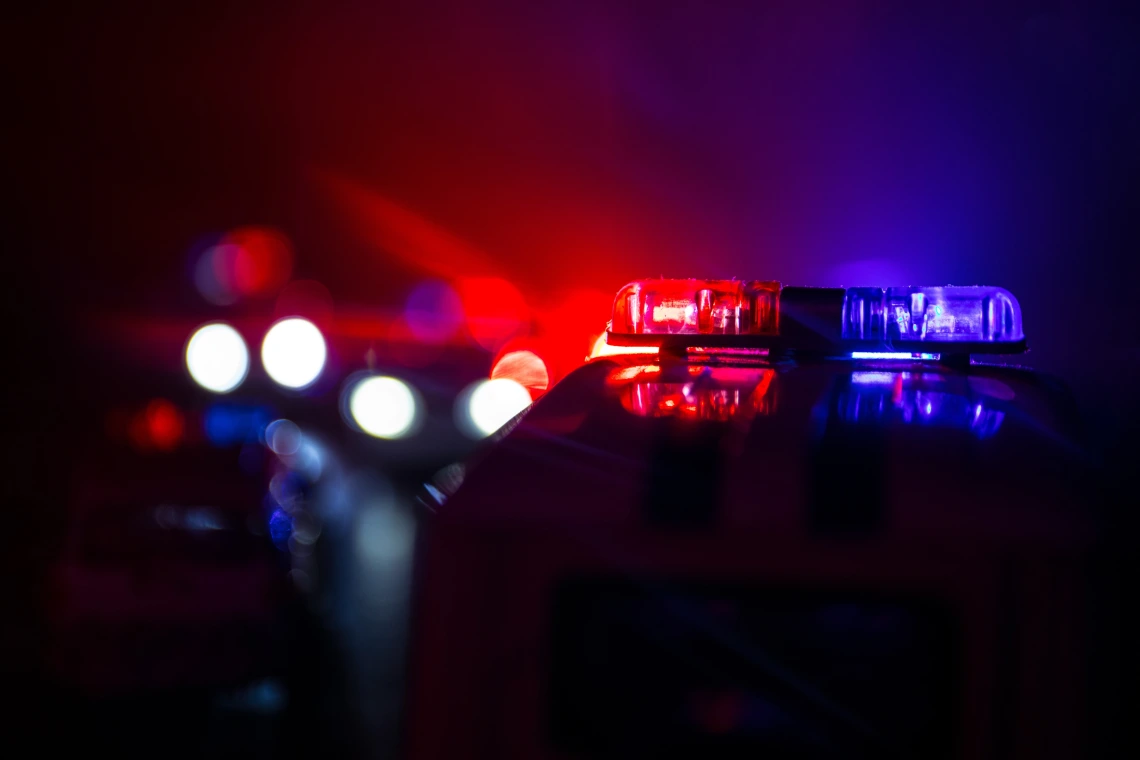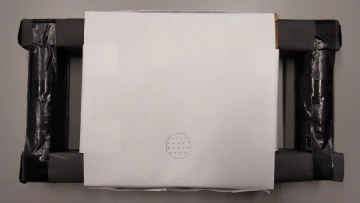Redesigning Police ‘Throw Phones’ for Safer Communication

Project Title: UAPD/FBI Crisis Negotiation Team - Throw Phone
Team 23018 Members:
Tanner Lawrence Birecki, optical sciences and engineering
Reid James Clark, industrial engineering
John Paul LaRue, electrical and computer engineering
Thaddeus Joseph Propper, mechanical engineering
Marcus Tal Wieser, mechanical engineering
Sponsor: UA Police Department/FBI, supported by the Craig M Berge Dean’s Community Fund
When a person barricades themselves from the authorities, it creates a dangerous situation for all involved. Whether the subject is committing a crime or facing a mental health crisis, the Tucson Police Department is involved in roughly five of these situations each month. Unfortunately, the technology that police use to communicate with these barricaded individuals is 30 years old.
Interdisciplinary Capstone Team 23018 is giving law enforcement “throw phones” a much-needed facelift while working in conjunction with the FBI and local police. Officers typically throw these communication devices through a window or near a structure in order to facilitate negotiation. But these devices rely on a cable for both power and communication, take significant time to set up, and allow a limited number of end-users able to listen in.
“Our ability to communicate with these subjects is key, and the throw phone is often our primary mode of communication,” said UAPD detective Joseph Berriman, the student team’s project advisor. “The violent crime suspects who choose to barricade themselves in a structure are often desperate to escape and, therefore, willing to do almost anything to stay out of prison, which alone makes them uniquely dangerous. Additionally, they're often in a heightened emotional state, suffering from a mental health crisis, and frequently impaired by substance abuse, all at the same time.”
Berriman leads the Crisis Negotiation Team at UAPD and is an FBI-certified crisis negotiator. He says the engineering project was born out of a casual conversation with the College of Engineering administration about law enforcement technology. This led to a discussion about enlisting a capstone team to address "the weaknesses of the current systems" to help crisis negotiators better save lives.

An early throw phone prototype
Team 23018’s new throw phone will have the same essential function, but the design will be almost entirely new. Firstly, the device will be wireless and will use Wi-Fi and SIM card communication. Redundancy in communication lines means a more reliable avenue between the subject and the negotiator. The phone and command module will be able to communicate up to 600 meters.
The phone will also feature multiple cameras for surveillance of the barricaded room. This high-quality video feed is planned to work in both normal and low-light situations, to give first responders better awareness of the situation for de-escalation.
“One exciting detail of our design is the inclusion of handles. While this does not seem extraordinary, we are thinking about social engineering to make the counterpart less of a threat to themselves or others,” said student project leader and optical sciences and engineering major Tanner Birecki. “If they are holding the device by the conveniently placed handles, they will not be able to carry a weapon.”
With the FBI as a co-sponsor, the student team’s work has been presented at the FBI's Crisis Negotiation Course for real-time feedback and constructive criticism.
“Throw phones have been outdated for a long time, but companies are starting to come out with new products. Even since starting this project, we are aware of two new throw phones that have entered the market. But these products have the same fatal flaw – they do not know what their end-user needs are,” Birecki said. “Our relationship with our sponsor and our motivation to make his job easier make our project unique because we know exactly how our device will be used and can design it with that in mind.”

